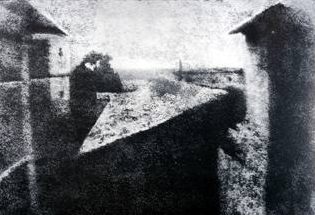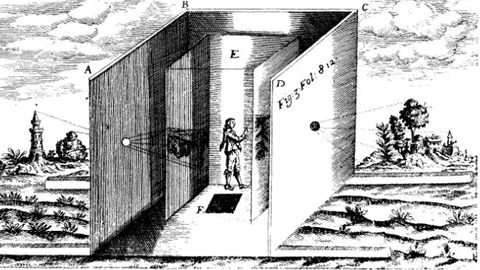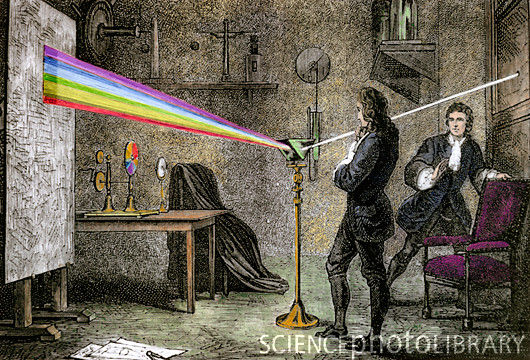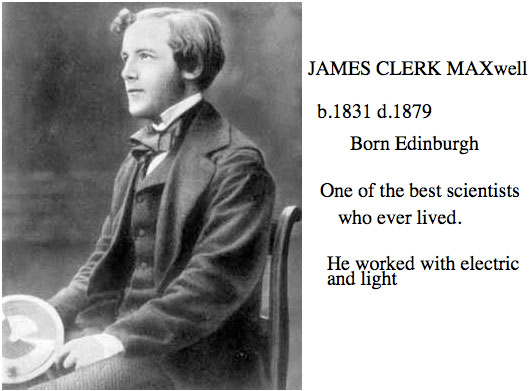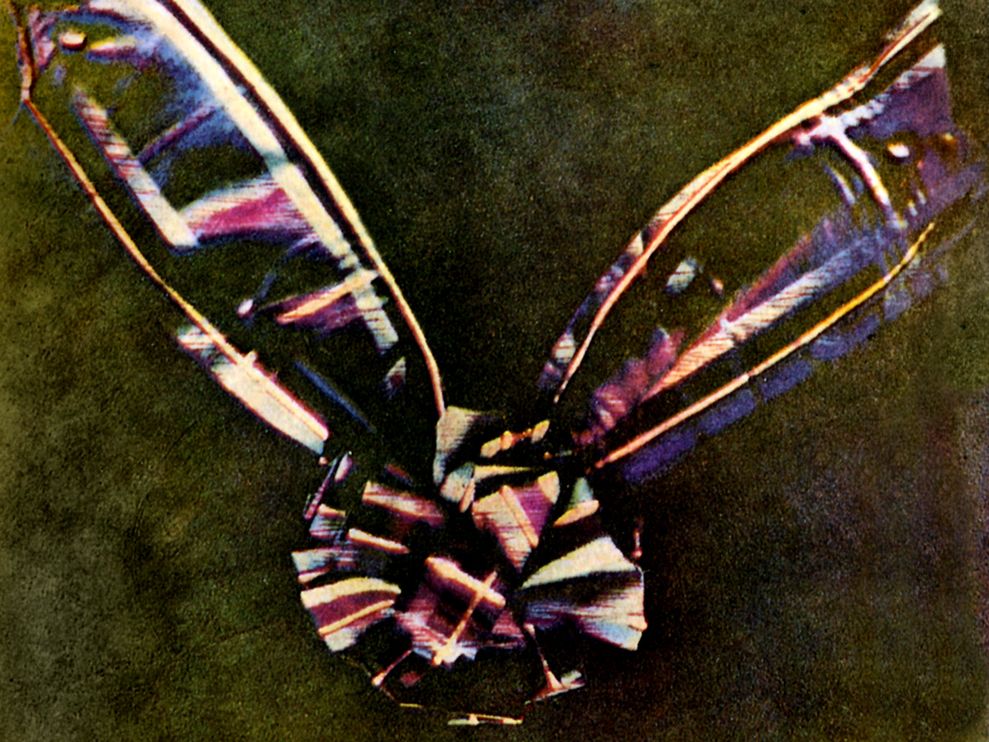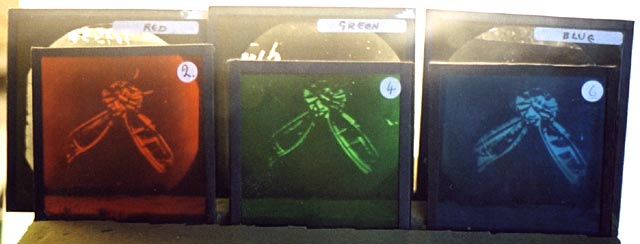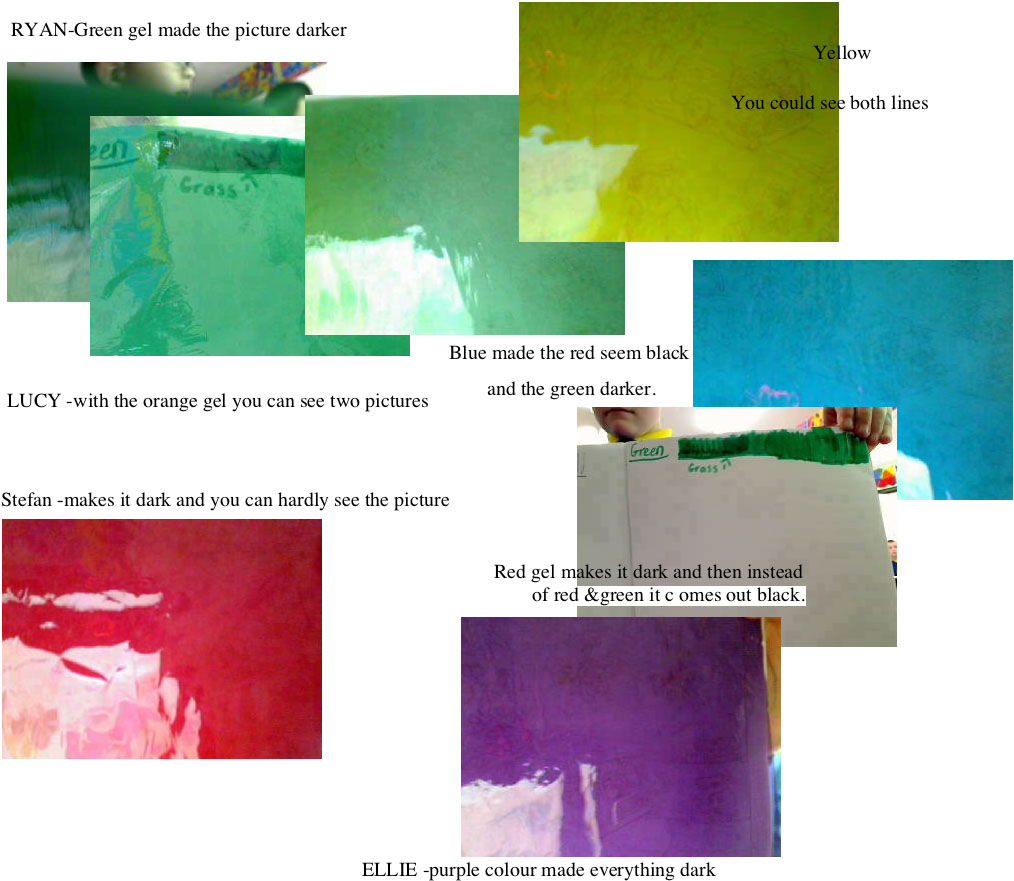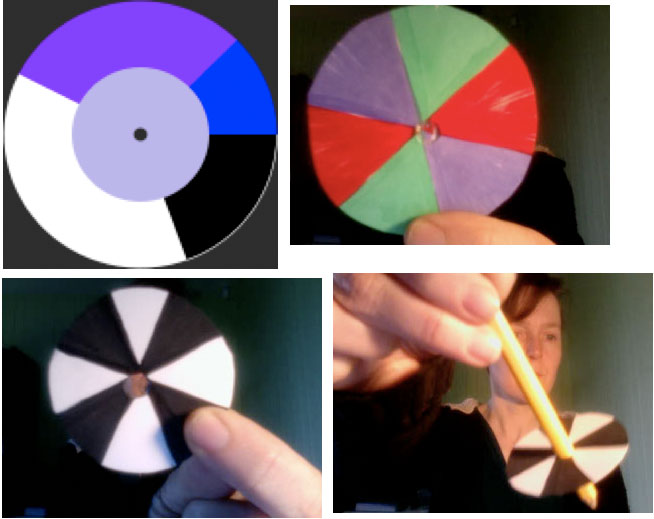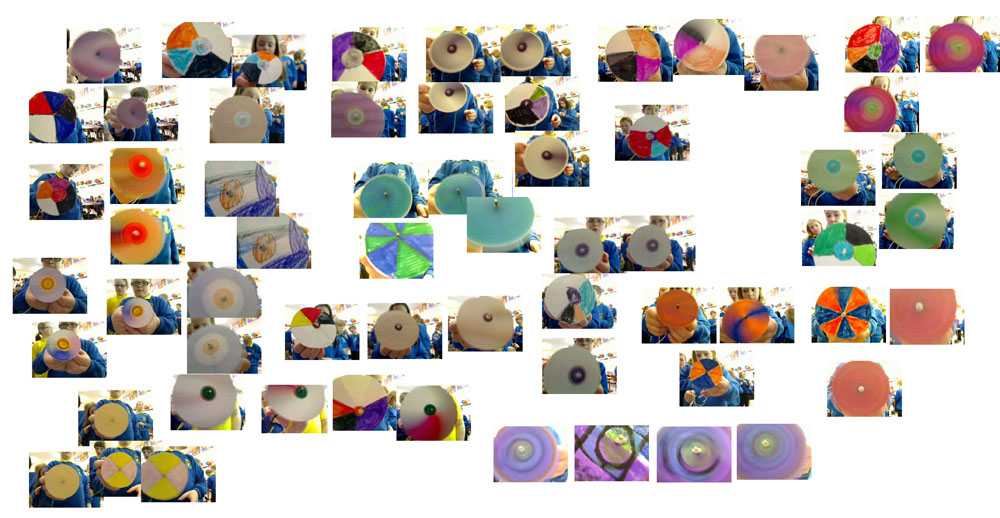This is the first photo taken by Nicéphore Niépce, one of the pioneers of photography. it shows a dovecote and is grainy and faint. We talked about trying to preserve shadows and how this was a development of the camera obscura that artists used to draw landscape.
I showed them these image and they recognised the visual connections between them.
They figured out that Sir Isaac Newton was using a prism as they had done the previous week and we talked again about the colours they had seen.
The class are studying inventors and innovators in science technology engineering and maths. When I showed this image they came up with some amazing ideas for names. When I said it was James Clerk Maxwell they were able to come up with quite a lot of background information about him.
I explained that he had created the first colour photo -of a tartan ribbon and how he had experimented with primary colours of light.
Maxwell created the coloured photo by using coloured gels in the primary colours of light. We experimented with gels looking at green hedges through different coloured gels and explaining what we could see.
The children had a selection of coloured gels and made drawings using the same colour of marker or pencil. Then they looked at the drawing through the gel. If the colour match was good the image disappeared. Then they used a different gel and looked at the differences.
I explained that james Clerk Maxwell had done other experiments with colour and asked them what he was holding in his hand in the portrait. They could see a disc. Way back at the start of my research for the project I had experimented with coloured discs using a pencil to make a spinning top and mixing the colours. I hadn’t realised that James Clerk Maxwell had also experimented with spinning discs.
I had found it difficult to control the spinning discs on the end of the pencil but in the class the children has access to little motors which could spin the discs much more successfully.
Each person made a disc with a mix of colours – no more than three -then when the disc was spun the colours seemed to mix together. It was sometimes hard for the children to predict what colour their disc would create. I made instant photos of their work and filled a huge whiteboard that made Elluminate freeze up.
Although we ended the session around that time the class carried on experimenting and photographed their colour mixing discs using a slow shutter speed in the same way as they photographed the light drawings.
